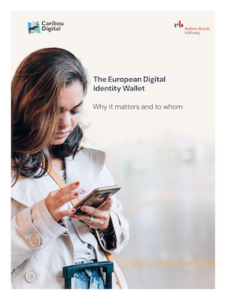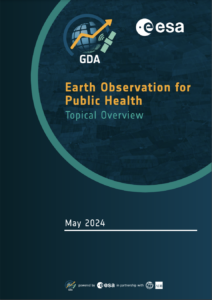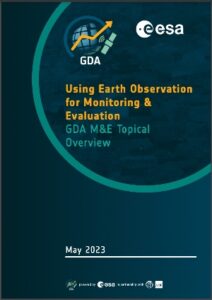This report is a topical overview analysis carried out by the GDA Monitoring & Evaluation (M&E) and Impact Assessment activity, under the European Space Agency (ESA)’s Global Development Assistance (GDA) programme – a global partnership to mainstream the use of Earth Observation (EO) into development operations, implemented in cooperation with major International Financial Institutions (IFIs).
Recent investment in data acquisition via satellites, open and free access to data and advances in
data science and data processing speeds have meant that satellite imagery is more readily
available, at a lower cost and higher quality. IFIs are increasingly realising the potential use of EO
for sustainable development purposes. However, there is growing recognition of the value in the
use of EO data for M&E.
There are important limitations to EO that limit its value for the M&E of all interventions, in particular limitations relating to resolution, issues related to cloud cover and availability of images
and its inability to look inside buildings, which would make it less useful to evaluate e.g., the restocking of malaria medicine. Nonetheless, EO can bring great value to the M&E of a variety of development interventions across expansive areas, such as those related to agriculture and forestry, and can also monitor physical features as a proxy for socioeconomic factors. Therefore, this report will focus on these key areas exploring the use of EO across the different forms of M&E, each of which are undertaken for a different purpose.
This report will look at the use of EO data in the M&E process of development interventions, focusing primarily on the World Bank (WB) and the Asian Development Bank (ADB), ESA’s primary IFI partners under the Space for IDA collaboration framework.
Explore latest publications

The European Digital Identity Wallet: Why it matters and to whom
By Caribou Digital
Digital Identity, Governance of Digitalization, Refugees and Forced Migration
The European Digital Identity Wallet: Why it matters and to whom
Digital Identity, Governance of Digitalization, Refugees and Forced Migration
Policy Brief
By Caribou Digital
June 25, 2024
By Caribou Digital

Earth Observation for Public Health: Topical Overview
By Carlotta Maucher
Earth Observation / Satellite Imagery, Health
Earth Observation for Public Health: Topical Overview
Earth Observation / Satellite Imagery, Health
Policy Brief
By Carlotta Maucher
May 28, 2024
By Carlotta Maucher

Youth in Digital Africa: Our connections. Our choices. Our future.
By Caribou Digital
Digital Financial Services / Financial Inclusion, Education/Skills/Upskilling, Gender in a Digital Age, Inclusive Digital Business Models, Persons Living with Disabilities, Platform Economies and Livelihoods
Youth in Digital Africa: Our connections. Our choices. Our future.
Digital Financial Services / Financial Inclusion, Education/Skills/Upskilling, Gender in a Digital Age, Inclusive Digital Business Models, Persons Living with Disabilities, Platform Economies and Livelihoods
Research Report
By Caribou Digital
May 23, 2024
By Caribou Digital
Pages
- Blog
- Call for Proposals: Platform Livelihoods Gender Study
- Collaboration for Impact
- Event Management
- Gender
- Home
- Identity and migration
- Live Learning: MTN DigiFin Fintech Edition – Apps in action
- Measurement and Impact Services
- MTN Live Learning
- Newsletters
- People
- Platform-Led Transformational Upskilling Report
- Projects & Services
- Publications
- Request for Proposals Video Storytelling: Platform Livelihoods & Covid-19
- Senior MEL advisor
- Skills for a Digital Age
- Strive Community Privacy
- Strive EU Privacy Policy


